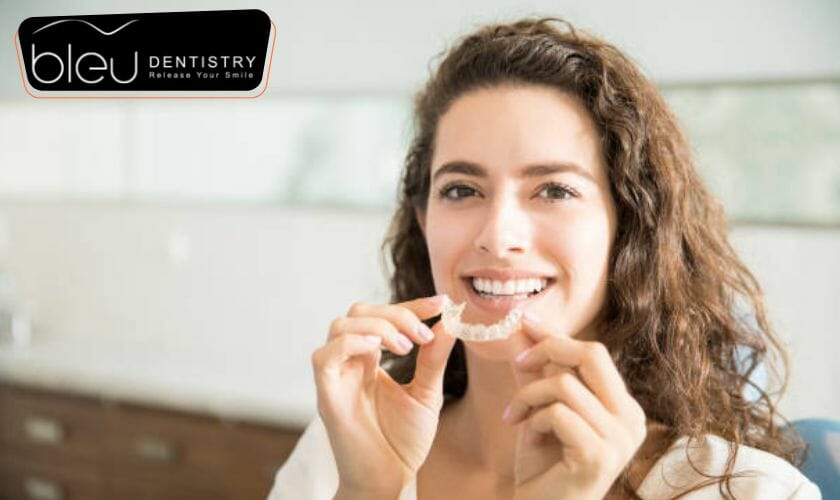Surveys show that 96 percent of people think their smile makes a big difference in how they look and how confident they feel. Because of this, more and more people are using braces or Invisalign to straighten their teeth instead of using other methods.But which of the two options, Invisalign or braces, would work best… Continue reading All About Invisalign And Traditional Braces
Understanding the Benefits of Braces
Braces are a popular orthodontic option that offer numerous benefits for individuals seeking to straighten their teeth. They can correct a variety of dental issues, including overcrowding, gaps, and misalignment, making them a versatile choice for many patients.
In addition to improving the appearance of one's smile, braces can enhance oral health by making it easier to clean teeth and reducing the risk of cavities and gum disease. Many patients also report increased confidence and self-esteem after completing their orthodontic treatment with braces.
Invisalign: A Clear Alternative
Invisalign offers a discreet and comfortable alternative to traditional braces, utilizing clear aligners that are virtually invisible when worn. This option is particularly appealing to adults and teens who prefer a more aesthetic approach to orthodontic treatment.
Invisalign aligners are removable, allowing for easier maintenance of oral hygiene and the freedom to eat without restrictions. The treatment process is often faster than traditional braces, with many patients achieving their desired results in less time.
Comparing Treatment Duration: Braces vs. Invisalign
One of the key factors to consider when choosing between braces and Invisalign is the duration of treatment. While individual cases vary, traditional braces typically require a longer treatment time, often ranging from 18 months to 3 years, depending on the complexity of the case.
In contrast, Invisalign treatment can often be completed in a shorter time frame, with many patients seeing results in as little as 6 to 18 months. However, adherence to the treatment plan and wearing the aligners for the recommended 20-22 hours per day are crucial for achieving optimal results.
Cost Considerations for Orthodontic Treatment
The cost of braces and Invisalign can vary significantly based on factors such as the severity of the dental issues, the length of treatment, and the specific orthodontist's fees. Generally, traditional braces tend to be less expensive than Invisalign, making them a more budget-friendly option for many patients.
However, it's essential to consider the long-term value of each treatment option. Invisalign may come with a higher initial cost, but its benefits, such as comfort and convenience, can make it a worthwhile investment for those seeking a more modern approach to orthodontics.


